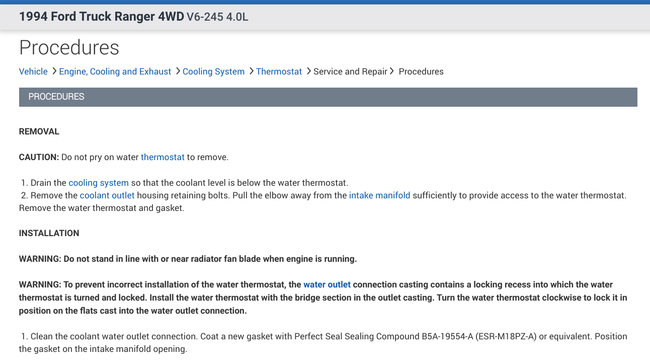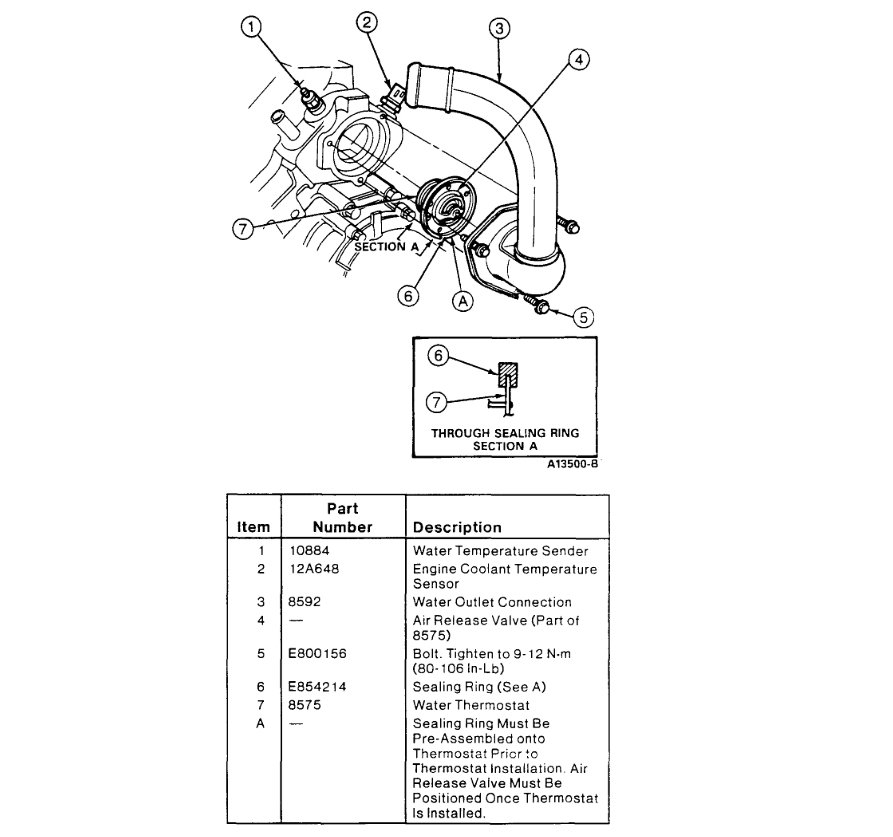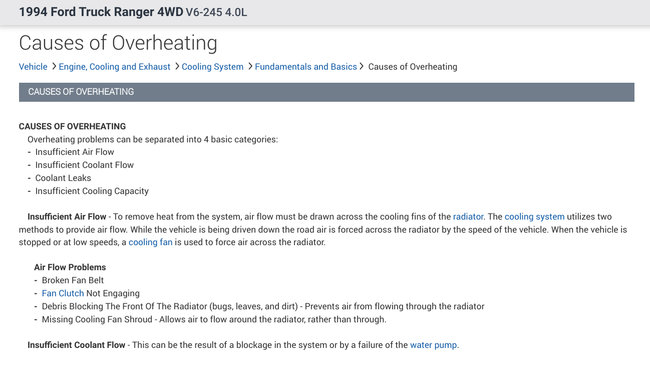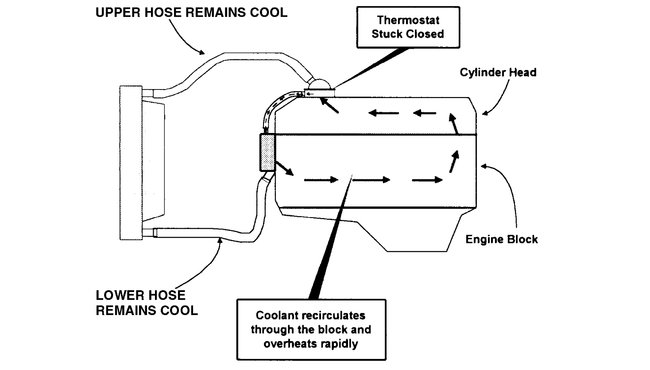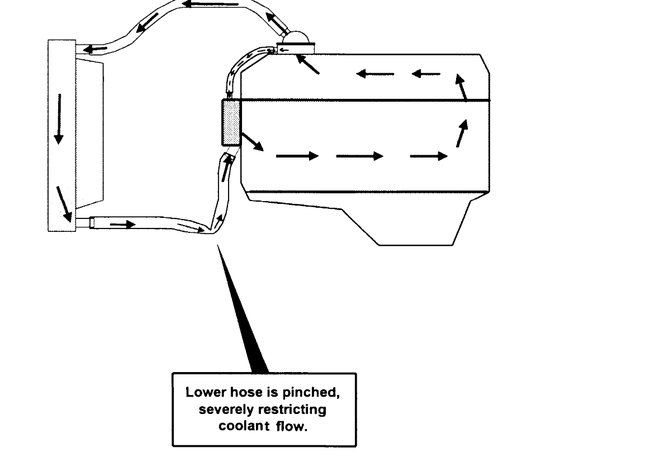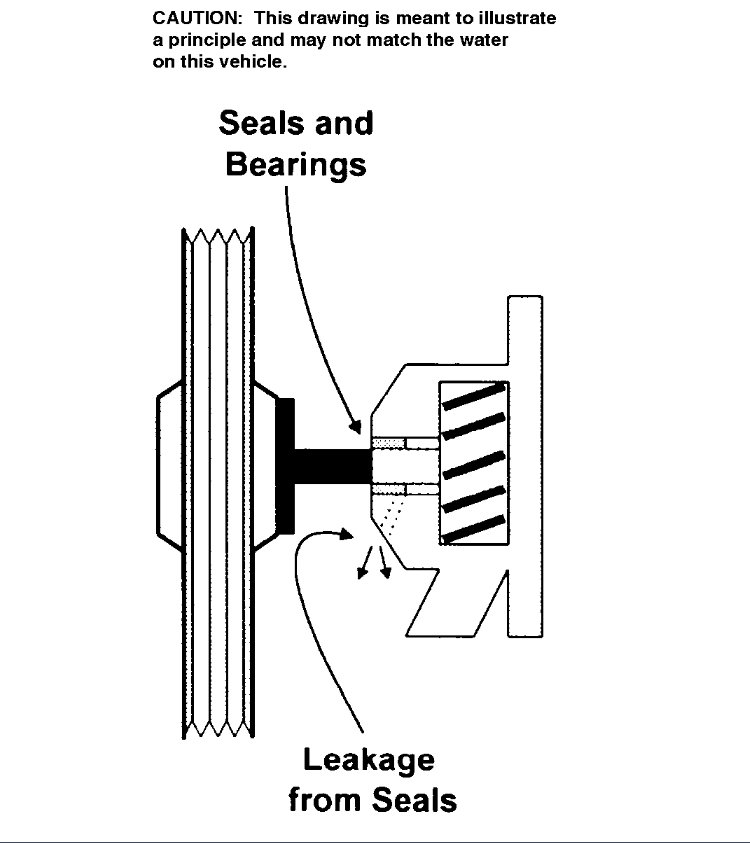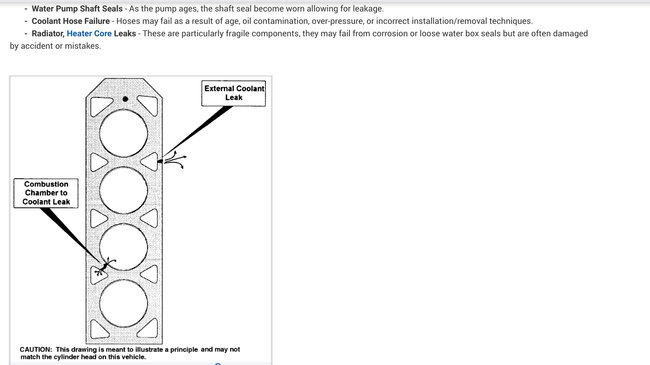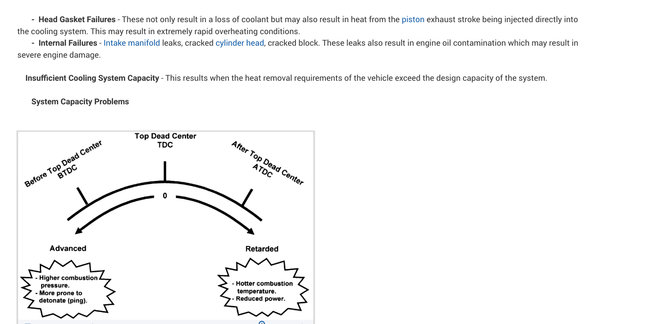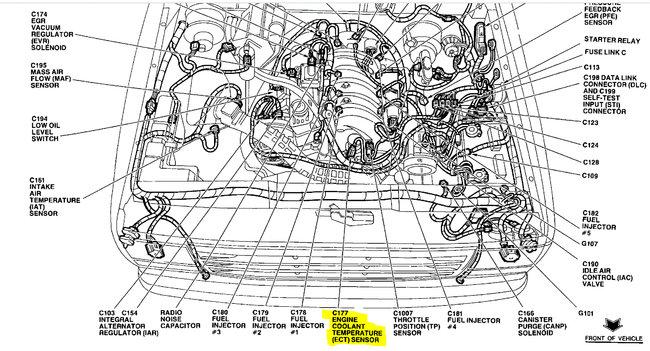Hi,
I read through you description of what is happening. I have a couple ideas that could be causing this. First, you mentioned that within 2 minutes, the vehicle reaches the 3/4 point. That is hard to believe it would happen that quickly. Have you checked the coolant temperature sensor? It may be sending random signals.
The first thing I would check for are diagnostic trouble codes. Here is a link that explains how to retrieve codes on a Ford OBD1 system:
https://www.2carpros.com/articles/ford-lincoln-mercury-obd1-1995-and-earlier-diagnostic-trouble-code-definition-and-retrieval
There is a list of OBD1 codes with definitions at the end of the link.
Next, I would first check the sensor. Here are the directions. Pic 1 below shows the sensor location.
_________________________
1994 Ford Truck Ranger 2WD V6-182 3.0L
DA3 - Check Resistance of Temperature Sensor - Engine Off
Vehicle Powertrain Management Computers and Control Systems Testing and Inspection Pinpoint Tests With EEC IV (OBD I-A System) Pinpoint Tests DA - Intake Air and Engine Coolant Temperature Sensors DA3 - Check Resistance of Temperature Sensor - Engine Off
DA3 - CHECK RESISTANCE OF TEMPERATURE SENSOR - ENGINE OFF
- Key "OFF".
- Disconnect suspect temperature sensor.
- Measure resistance between sensor signal circuit and SIG RTN circuit at the temperature sensor. Refer to the corresponding chart for resistance specifications.
- Is resistance within specifications?
Yes -- For Engine Coolant Temperature (ECT) sensor with a No Start: Do not service Diagnostic Trouble Code (DTC) 116 at this time.
Go to pinpoint test step AA1. See: Computers and Control Systems > Pinpoint Tests > AA1 - Identify Type of No Start
No -- Replace suspect sensor. Reconnect vehicle harness. Rerun quick test. See: Computers and Control Systems > Reading and Clearing Diagnostic Trouble Codes > Quick Test Appendix (Detailed Testing Instructions)
__________________________________
If the sensor checks good and there are no codes, my next concern is the idea that coolant shoots from the radiator after about 45 seconds. That quickly leads me to believe it could be the result of pressure from the combustion chamber via a head gasket. Do a couple checks on this idea. Here is a link that explains how to check for a head gasket issue:
https://www.2carpros.com/articles/head-gasket-blown-test
Let me know what you find or if you have other questions. Also, keep in mind that the reason I'm suspecting one of the two things above is simply because it happens at highway speeds and you have already done all the basics.
Take care,
Joe
Image (Click to make bigger)
Wednesday, October 28th, 2020 AT 2:17 PM
(Merged)

